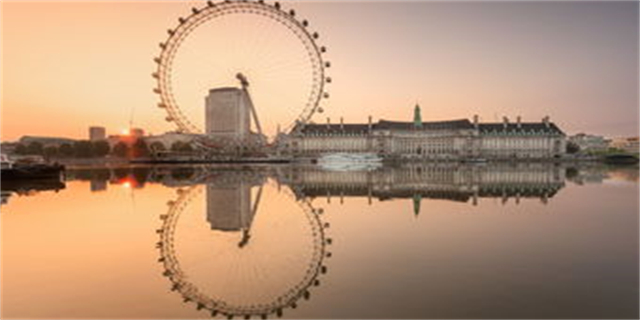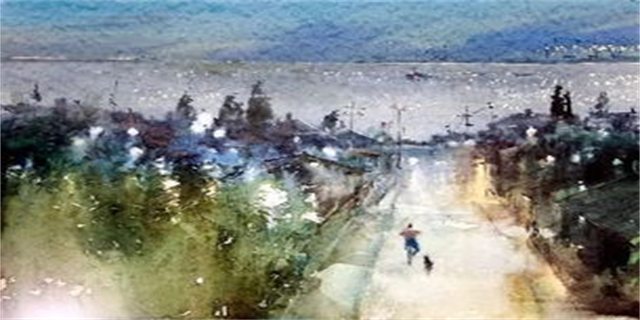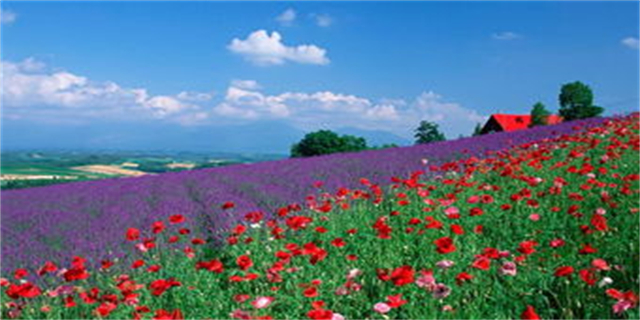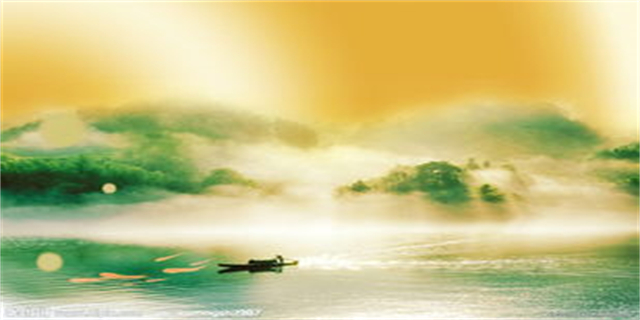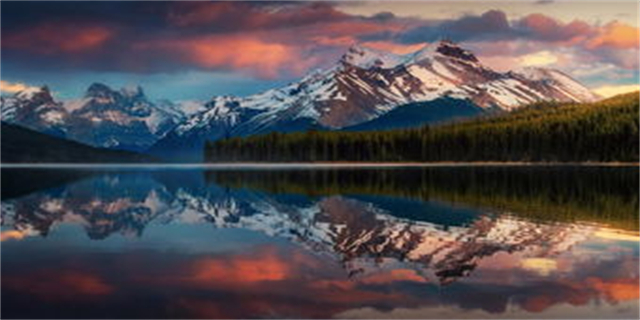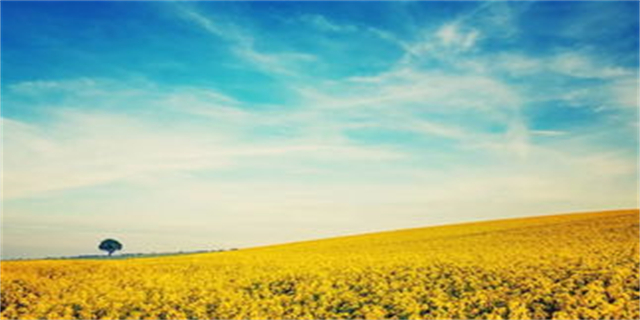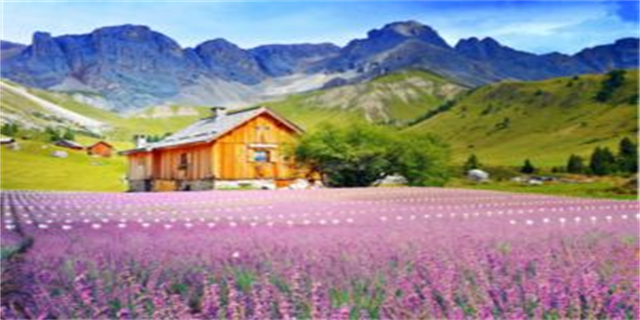charcoal(Charcoal A Versatile and Essential Tool for All Artists)

Charcoal: A Versatile and Essential Tool for All Artists
Introduction
Charcoal, with its versatile properties, has long been one of the most popular mediums for artists throughout history. The rich, deep blacks that charcoal produces, along with its ease of use, have made it a favorite choice for artists of all skill levels. In this article, we will explore the various uses of charcoal and its unique characteristics that make it an essential tool for artists.The Power of Charcoal
Creating Bold and Dramatic Drawings

Building Texture and Depth
One of the most remarkable qualities of charcoal is its ability to create texture and depth in artwork. With its soft and easily blendable nature, artists can achieve a wide range of effects, from smooth gradients to rough, textured surfaces. Charcoal allows for layering and erasing, making it possible to add and subtract details effortlessly. This versatility makes charcoal an excellent choice for artists looking to create dynamic and expressive pieces.Types of Charcoal
Willow Charcoal
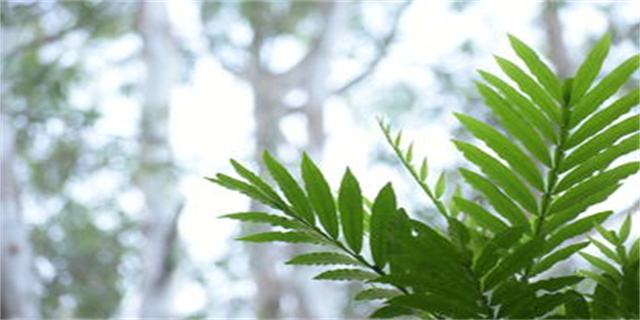
Vine Charcoal
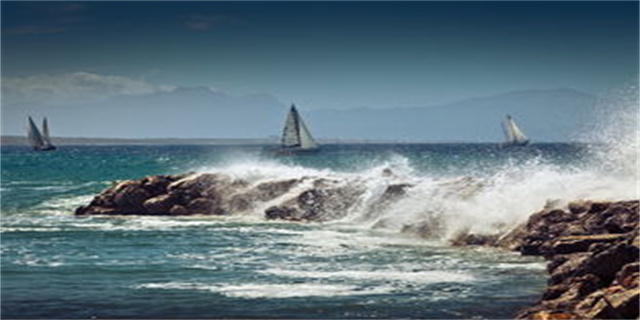
Compressed Charcoal
Compressed charcoal is a denser form of charcoal, available in stick or pencil form. It provides intense, dark blacks and is excellent for creating sharp, precise lines. Compressed charcoal is favored by artists who require finer details and a more controlled approach to their artwork.Mastering Charcoal Techniques
Blending and Smudging
Blending and smudging are essential techniques when working with charcoal. By using a blending stump or even fingertips, artists can achieve smooth transitions between tones and create a seamless look. Smudging charcoal with a cloth or eraser can create interesting textures and effects, giving depth and dimension to the artwork.Erasing and Lifting
One of the unique advantages of using charcoal is the ease of erasing and lifting unwanted marks. With a kneaded eraser or a putty rubber, artists can remove charcoal selectively, creating highlights or correcting mistakes effortlessly. This ability to lift charcoal effectively allows for more experimentation and refinement throughout the creative process.Layering and Cross-Hatching
Layering multiple applications of charcoal and cross-hatching provides artists with the opportunity to build complex textures and tones. Layering involves adding successive layers of charcoal, allowing for richer blacks and dynamic tonal variations. Cross-hatching, on the other hand, involves creating intersecting lines to form a mesh-like pattern, which adds depth and dimension to the artwork.Preserving Charcoal Artwork
Fixatives
To protect charcoal artwork from smudging or smearing, artists often use fixatives. Fixatives are aerosol sprays that create a thin transparent layer, making the artwork more resistant to accidental smearing. It is important to select a fixative specifically designed for use with charcoal to ensure its effectiveness and longevity.Matting and Framing
Proper matting and framing can also help protect charcoal artwork from external elements and ensure its longevity. Matting with acid-free materials creates a barrier between the artwork and the frame, preventing direct contact and reducing the risk of smudging. Additionally, using UV-protective glass or acrylic in the frame helps protect the artwork from harmful ultraviolet rays, which can cause fading over time.Conclusion
Charcoal is a versatile and essential tool in the artist's arsenal. Its ability to create bold and dramatic drawings, build texture and depth, and its various techniques make it an invaluable medium for artists. Whether you are a beginner or an experienced artist, charcoal offers endless possibilities for artistic expression. So grab a piece of charcoal, let your creativity flow, and explore the fascinating world of charcoal art!
